In the adjoining figure, □ABCDand□APQR are two parallelograms. Prove that :
∠C=∠Qand∠B=∠R
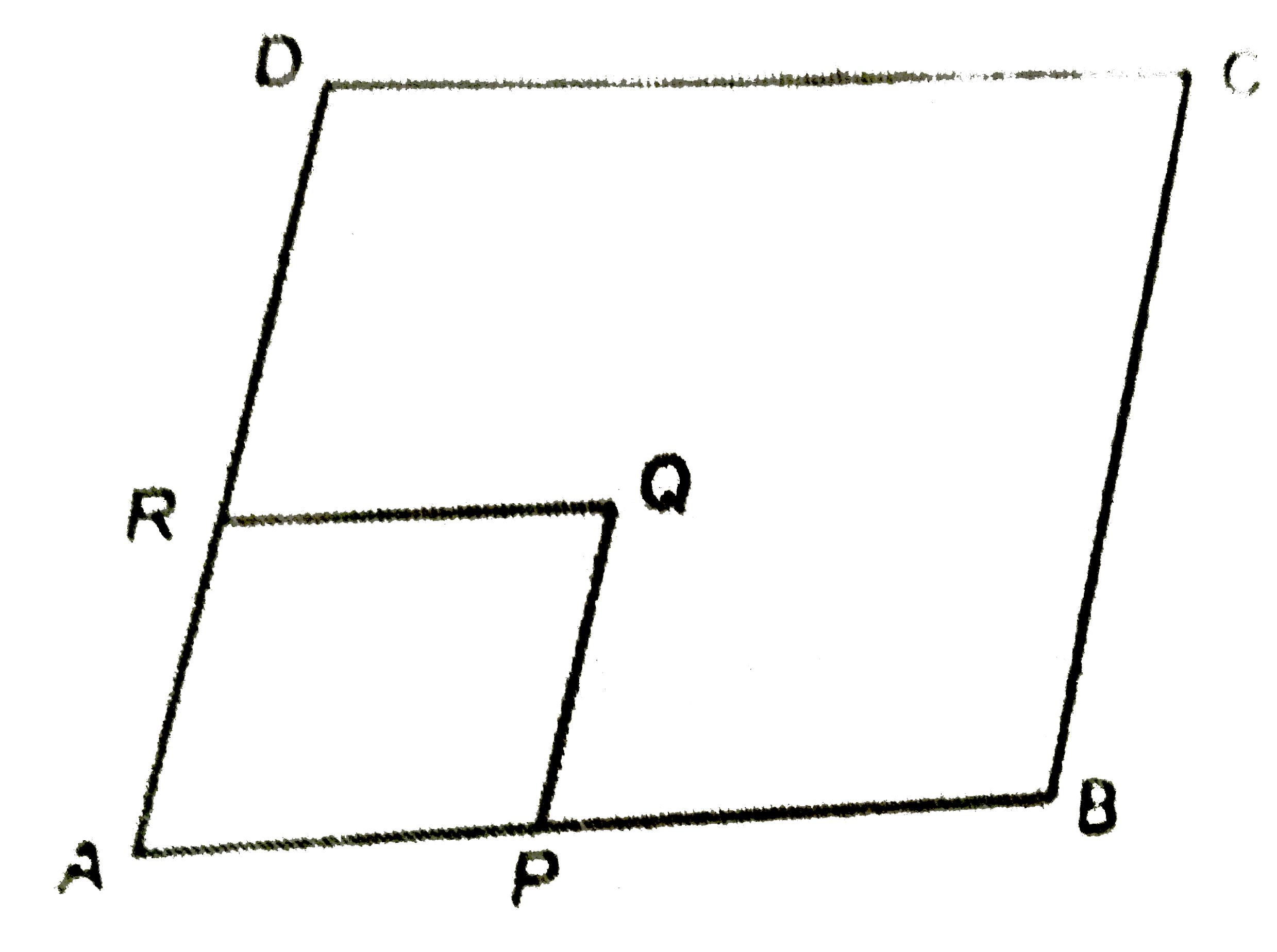
□APQR is a parallelogram
∴ ∠A=∠Q(opposite∠sare equal)...(1)
□ABCD is a parallclogram
∴ ∠A=∠C (opposite∠sare equal) ...(2)
From (1) and (2)
∠C=∠Q ...(3)
Again, □ABCD is a parallelogram
∴ ∠B+∠C=180∘ (sum of co-interior angles)
⇒ ∠C=180∘−∠B ...(4)
and □APQR is a parallelogram
∴ ∠Q+∠R=180∘ (sum of co-interior angles)
⇒ ∠Q+=180∘−∠R ...(5)
From (3), (4) and (5), we get
180∘−∠R=180∘−∠B
⇒ ∠B=∠R
∴ ∠C=∠Qand∠B=∠R
Topper's Solved these Questions
- QUADRILATERALSBOOK - NAGEEN PRAKASHAN ENGLISHCHAPTER - QUADRILATERALSEXERCISE - Problems From NCERT/exemplar
11 Videos
- QUADRILATERALSBOOK - NAGEEN PRAKASHAN ENGLISHCHAPTER - QUADRILATERALSEXERCISE - Exercise 8a
29 Videos
- PROBABILITYBOOK - NAGEEN PRAKASHAN ENGLISHCHAPTER - PROBABILITYEXERCISE - Revision Exercise (very Short Answer /short Answer Questions)
10 Videos
- STATISTICSBOOK - NAGEEN PRAKASHAN ENGLISHCHAPTER - STATISTICSEXERCISE - Revision Exercise
12 Videos
Similar Questions
In the adjoining figure, ABCD and PBCQ are paralelograms. Prove that
ΔABP≅ΔDCQ
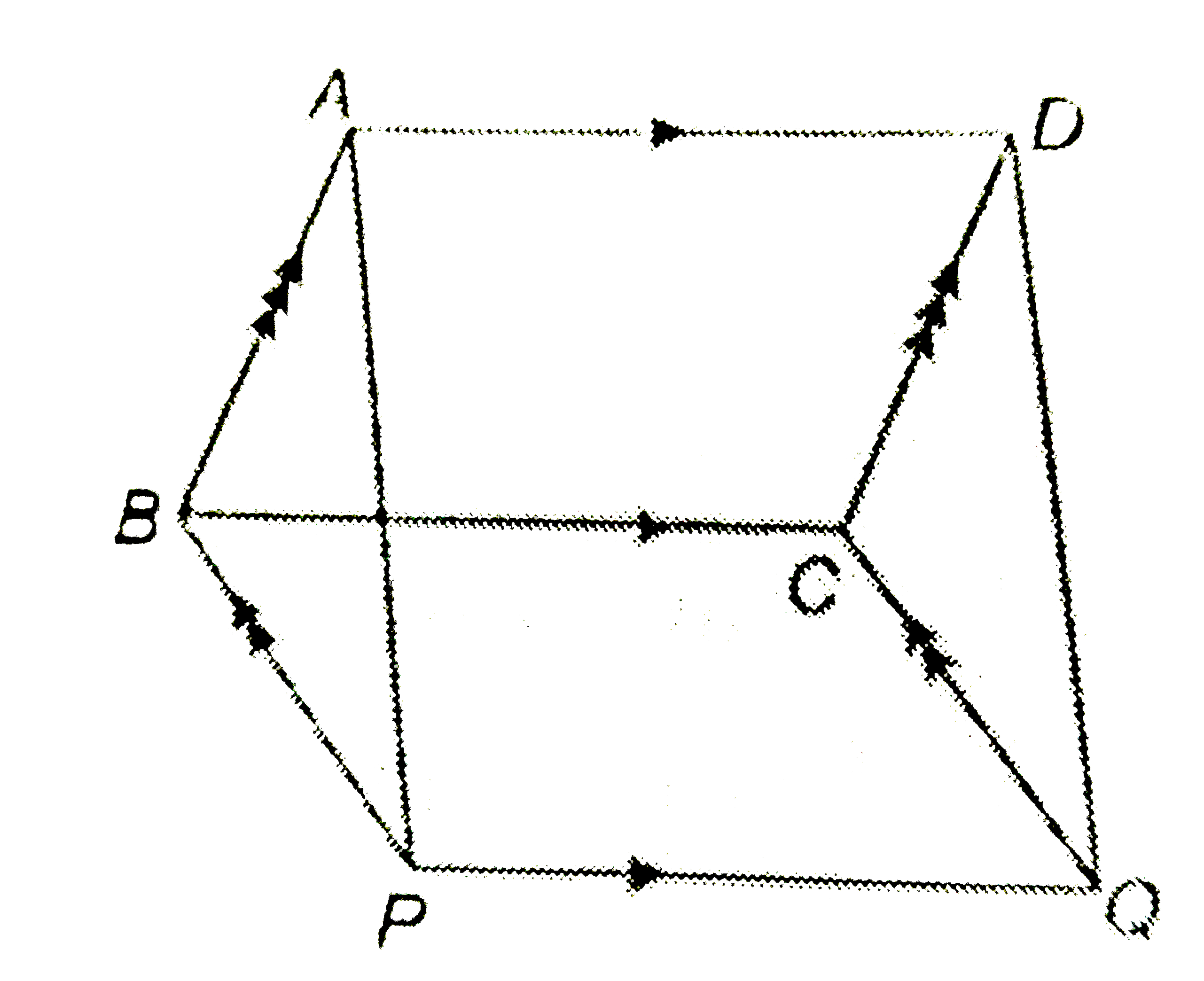
View SolutionIn the adjoining figure, ABCD and PBCQ are parallelogram. Prove that:
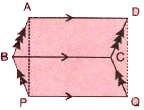
APQD is a parallelogram
View SolutionIn the adjoining figure, ABCD and PBCQ are parallelogram. Prove that:
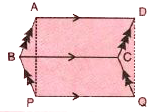
ΔABP≅ΔDCQ
View SolutionIn Figure ABCD and AEFD are two parallelograms. Prove that: PE=FQ
View SolutionIn the adjoining figure, ABCD and PBCQ are parallelogram. Prove that:
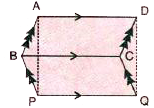
AP= DQ
View SolutionIn figure, ABCD and AEFD are two parallelograms. Prove that ar(ΔPEA)=ar(ΔQFD).
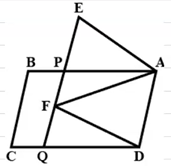
View SolutionIn the adjoining figure, prove that ABCD is a parallelogram. Also find its area.

View SolutionIn the following figure, ABCD is a parallelogram. Prove that:

∠DAP+∠CBP=∠APB
View SolutionIn the adjoning figure, ABCD is a parallelogram. Prove that : area of ΔBPC= area of ΔDPQ
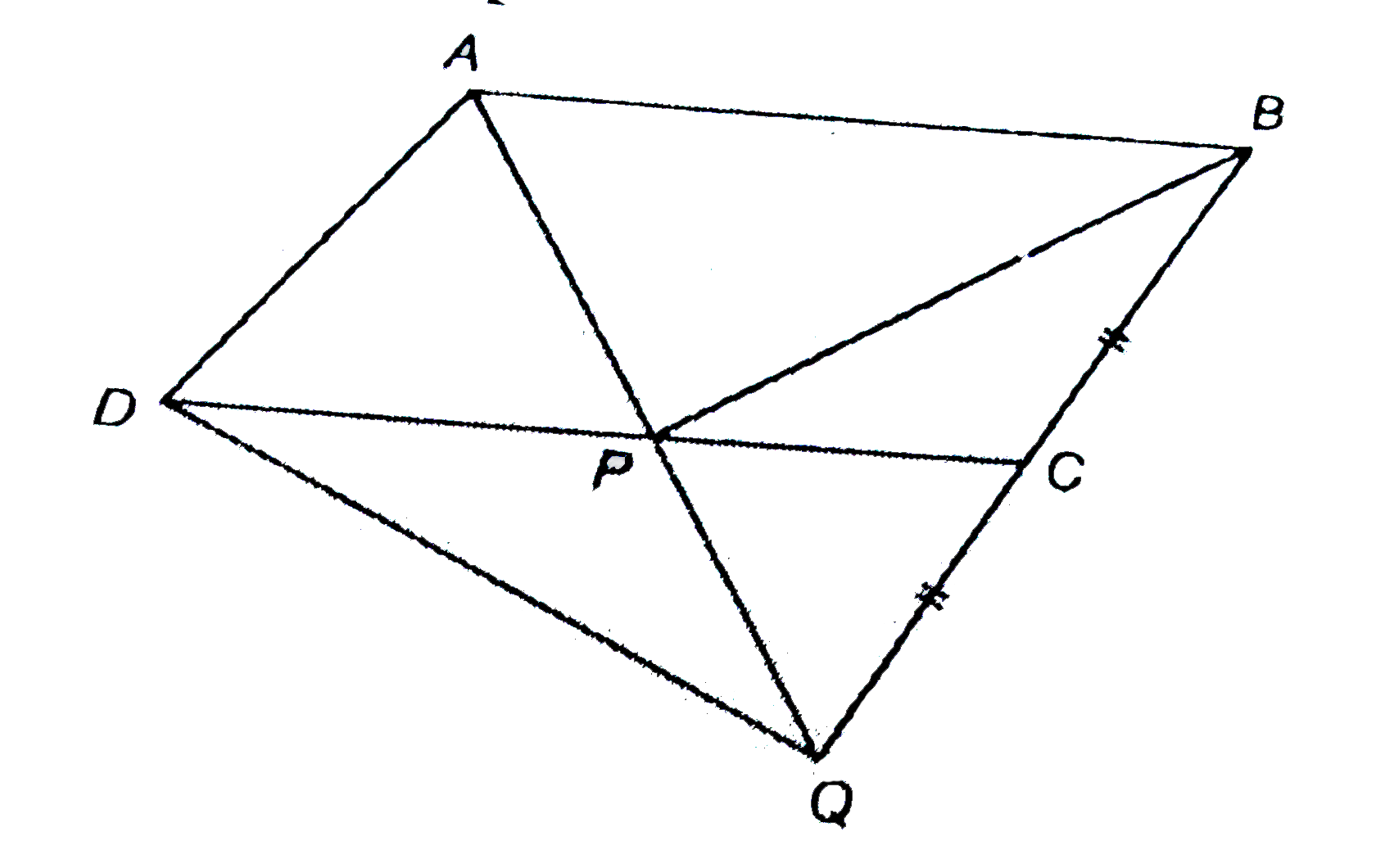
View SolutionIn the adjoining figure, ABCD is a parallelogram. If ∠MBC=∠NDA, prove that AM=NC.
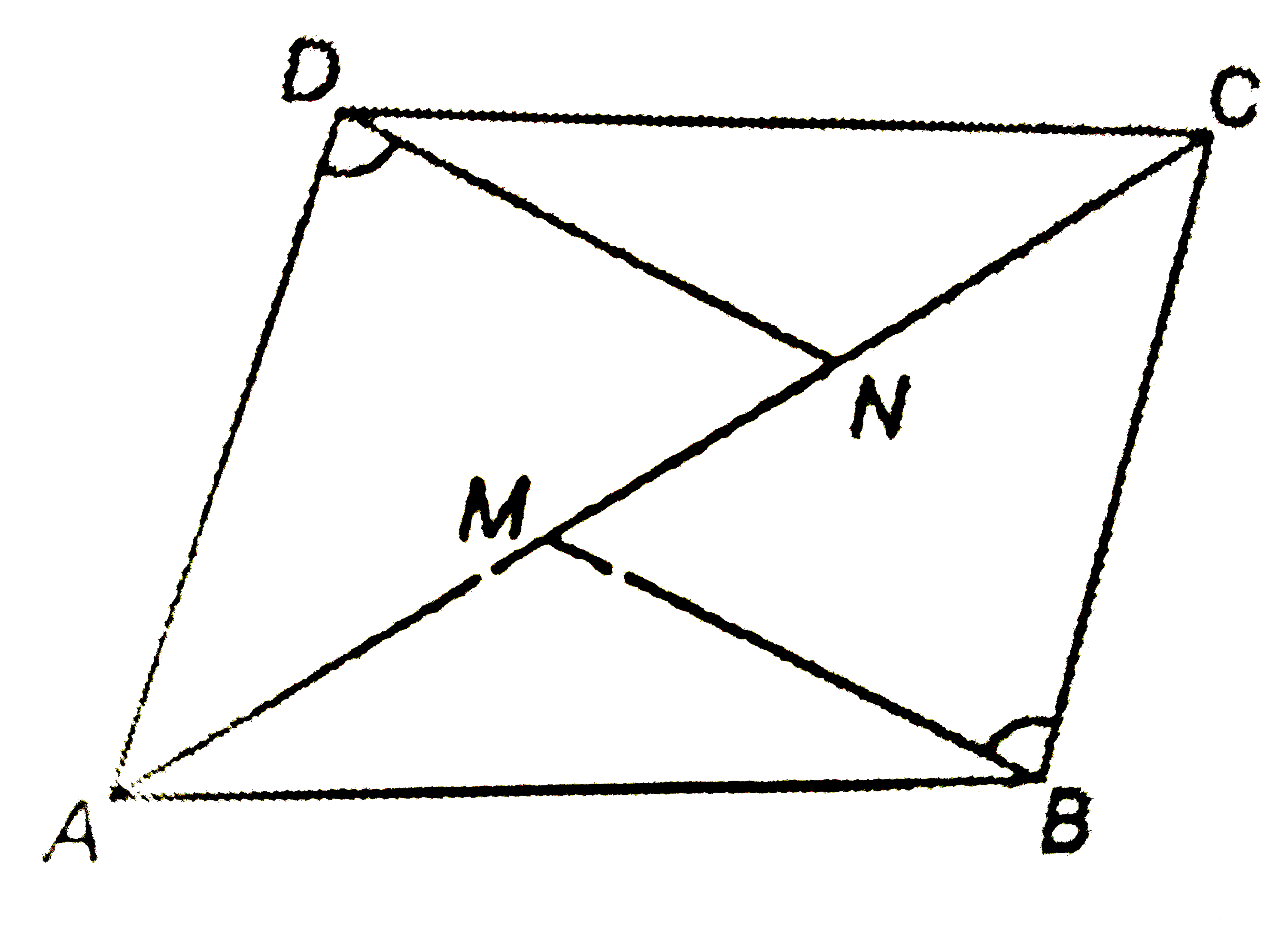
View Solution
